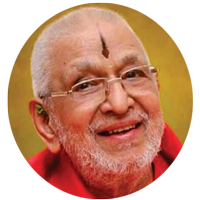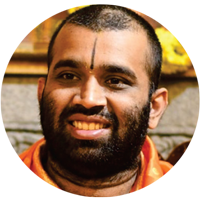Agrashala
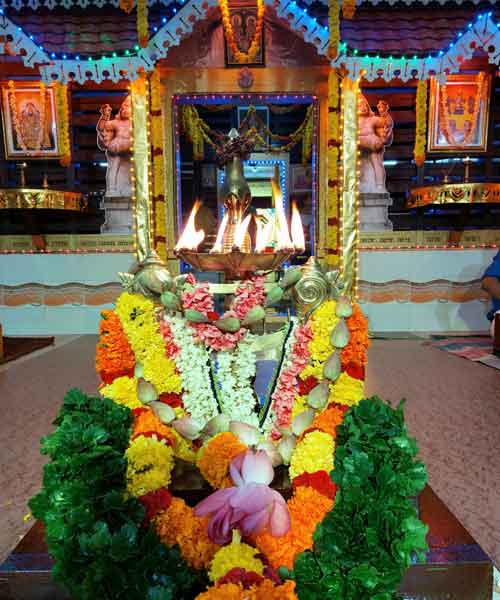
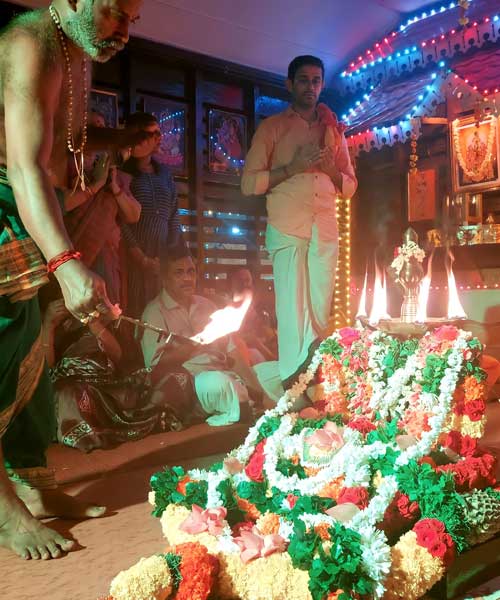
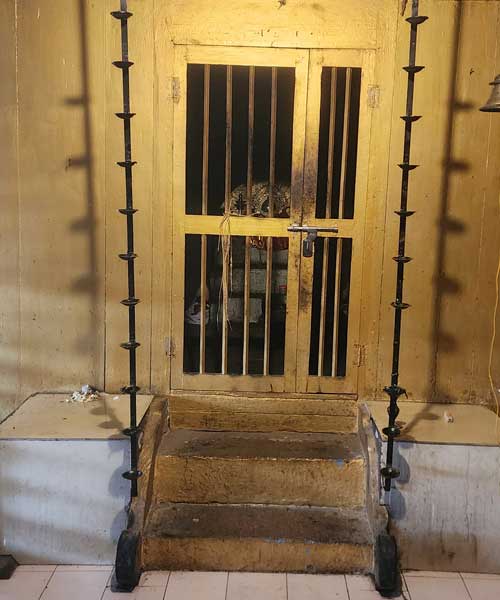
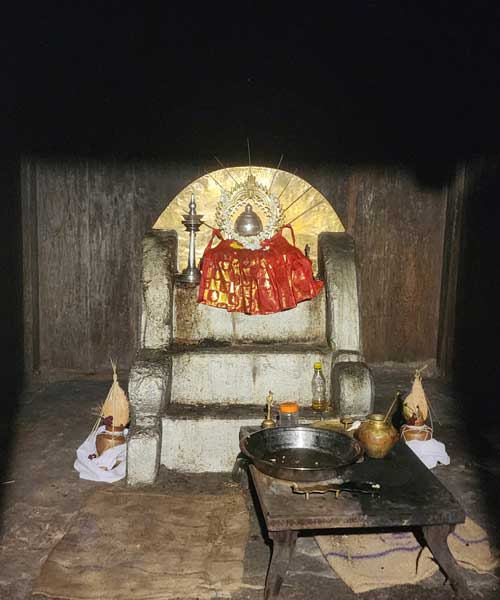
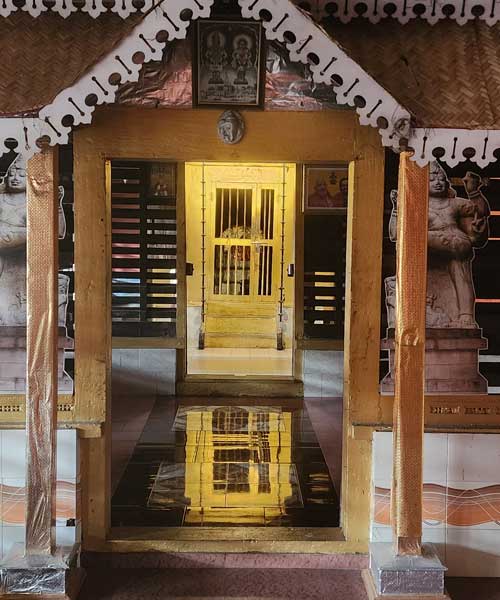
On the western side of the Northern Agrashala is according to history the place where Shree Venkatachalapathi sojourned for 60 years. Legend has it that Saluva Barasiharya the Emperor of the kingdom of Vijayanagar was an ardent and faithful devotee and a frequent pilgrim of the hallowed Lord Venkatachalapathy of Tirupathi. On account of infirmities consequent upon his old age and despite his insatiable desire to offer worship but being physically unable to do so , it is believed that the Lord Himself appeared to him in a celestial dream. Thereafter a sculptor promptly came to the place and miraculously materials and ingredients for a panchaloha idol along with a work site appeared. The next morning the Emperor opened the door of the work place and lo and behold an exquisite and effulgent idol of Lord Venkatachalapthi had adorned the temple spreading His splendor and radiance. No one was left with any doubt that the Divine sculptor was none other than Shri Srinivasa the Lord of the Seven Hills who incarnated Himself for the benefit of mankind. The idol became the personal Deity of Saluva Narasimharaya for the rest of his life and was bequeathed to the great emperor Krishnadevaraya who ascended the throne in 1509.
After the decline and fall of Vijayanagar city as a result of the battle of Talikota in 1565 the idol was in interests of safety abandoned in a well by a priest from which spot the renowned seer of Kumbakonam Math Swami Vijayendra Theertha discovered the precious idol. During the course of his peregrinations and travel from place to place he camped for some time in Kochi as a revered guest of the GSB community in 1589. The idol was gifted to the community by him. Later on the prathista was done by Swami Vijayendra Theertha.
With Kochi becoming the new abode of the Lord the city thrived and grew in stature as a premier hub of international trade especially with the European countries .The GSB community also flourished and prospered financially and socially and as a measure of their contribution to society they were honored with key political posts both at the Raja’s court as well as with the Dutch Governor. An aberration was that during the tenure of Raja Ramavarma (Sakthan Thampuran) taxes were levied on the community . The temple was also attacked by the Kings soldiers and plundered. This ignominy of the only Hindu King ravaging a temple is a blot on the otherwise serene and tranquil history and saga of the temple. The idols were transported to the Dutch for safety and later taken to the GSB temple at Thuravoor through a lot of planning and adventure through the coastal route. Later it was brought to Alapuzha
The idol was ensconced in a sacred Tulasi pedestal in front of the Thayyil Tharwad situated at the north of the Thirumala temple. The wooden cupboard where the idol was then stored is now a sacred antique work of art and is kept at the Old Thirumala temple, keept inside the Eastern Gopuram and is used for conducting Satyanarayana Pooja. The following day the idol was taken to the Old Thirumala temple and embedded in a Wooden Garbagrihaat the north western Agrashala.
The chequered history of the temple is fused with the history of the Alapuzha town and its remarkable progress earned it the sobriquet of “Venice of the East” The halo and the aura of the idol was so manifest and obvious that the Raja of Travancore ordered the construction of a separate magnificent temple for the Deity about two kilometers south of this temple which is known as the Ananthanarayanapuram Temple. The distinctive feature of this temple is the yearly seven day Akhanta Sapthaham is performed here during the Malayalam month of kanni
